Those distinctive lines, patches, and colorful streaks adorning birds’ faces aren’t just for show—they’re fascinating evolutionary adaptations that serve multiple purposes in avian life. While we might casually refer to these markings as “eyebrows,” they represent complex visual signals that help birds communicate, find mates, recognize each other, and even enhance their hunting capabilities. From the majestic crowned eagle to the charismatic puffin, facial markings vary dramatically across species and often tell compelling stories about a bird’s lifestyle, habitat, and evolutionary journey. Let’s explore the surprising world of avian “eyebrows” and discover why these distinctive features have evolved across so many different bird species.
The Nature of Avian “Eyebrows”
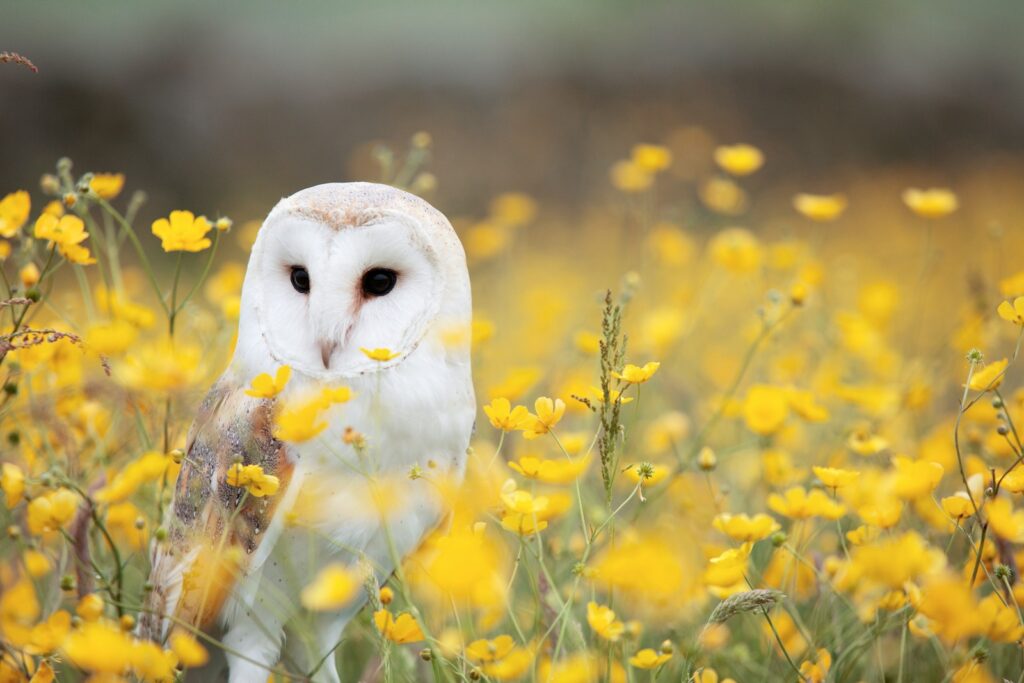
When we talk about bird’s “eyebrows,” we’re not referring to actual hair-like structures like human eyebrows, but rather to distinctive feather patterns, coloration, or even bare skin areas that appear above or around a bird’s eyes. These markings can take the form of supercilium (a stripe that runs above the eye), eye rings, eye lines, facial masks, or crests that create an eyebrow-like appearance. The technical term ornithologists often use is “superciliary stripe” or “supercilium,” though patterns vary widely across species. Unlike human eyebrows, which consist of specialized hair, bird “eyebrows” are created through feather pigmentation, feather structure, or specialized bare skin patches that evolved for specific purposes. These markings are typically permanent features, though they may become more pronounced during breeding seasons in some species.
Evolutionary Purposes Behind Facial Markings
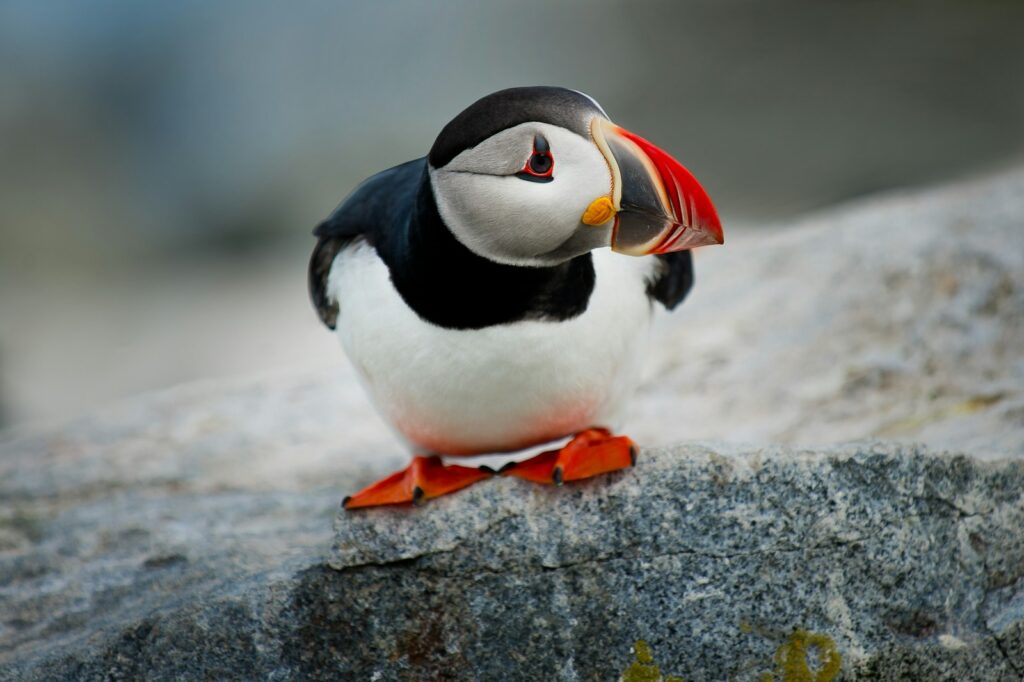
Bird eyebrows and facial markings have evolved to serve multiple evolutionary advantages, explaining their prevalence across different avian families. The most fundamental purpose is species identification – these distinct patterns help birds recognize members of their own species, a crucial ability for social interaction and breeding. Facial markings also play a vital role in sexual selection, with more pronounced or colorful markings often signaling genetic fitness to potential mates. Additionally, many facial patterns serve as camouflage, helping to break up the outline of the bird’s head and eyes, making them less conspicuous to predators or prey. Some markings even serve practical purposes like reducing glare for birds that hunt over water or in bright environments, functioning similarly to the black greasepaint athletes wear under their eyes.
Species Recognition and Social Signaling
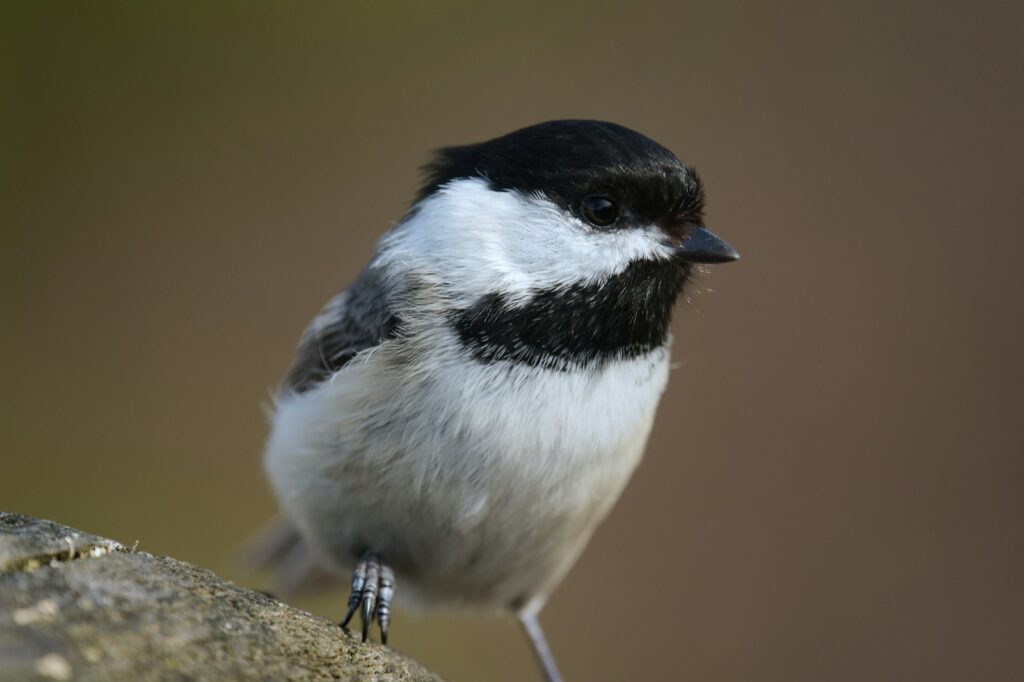
Facial markings function as natural identity badges, helping birds distinguish members of their own species from others in mixed flocks or densely populated areas. This recognition is particularly important in colonial nesting species like terns and gulls, where individuals must locate their mates and offspring among thousands of visually similar birds. The white “eyebrow” marking on a Black-capped Chickadee, for instance, helps other chickadees instantly recognize it as a member of their species, facilitating complex social interactions within flocks. Some species even use these markings to signal social status or emotional states – raised or flattened feather crests in birds like Blue Jays can indicate excitement, aggression, or submission. The complexity of these visual communication systems speaks to the sophisticated social structures that exist in many bird communities.
Mate Selection and Sexual Dimorphism

In many bird species, facial markings play a crucial role in the drama of courtship and mate selection. Species with particularly striking eyebrow markings often exhibit sexual dimorphism, where males display more prominent or colorful eyebrow features than females. The male Golden Pheasant, for example, displays a remarkable golden “eyebrow” crest that it can raise during courtship displays to attract females. Research suggests that the vibrancy and symmetry of these markings can indicate a bird’s genetic quality, hormone levels, and overall health status to potential mates. Female birds often prefer males with the most striking facial markings, creating evolutionary pressure that has led to increasingly elaborate patterns over countless generations. In some species, both males and females evaluate each other’s facial markings as part of the mate selection process.
Camouflage Benefits of Facial Patterns
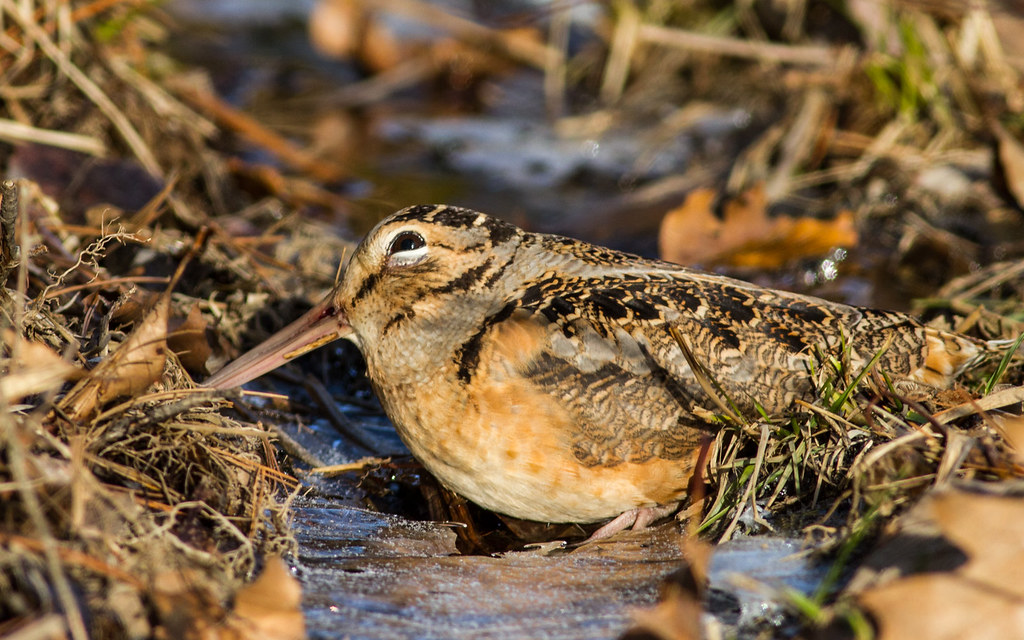
While some facial markings are designed to stand out, others evolved primarily for concealment, helping birds blend into their surroundings. The striped eyebrow patterns on many ground-nesting birds help break up the outline of their heads when they’re incubating eggs, making them less visible to predators scanning from above. Woodcocks and other forest floor dwellers have complex facial patterning that mimics dappled light and leaf litter, creating effective camouflage. Even birds with bold facial markings often have patterns that, while distinctive up close, help disguise the most vulnerable part of their anatomy – their eyes – from a distance. Predatory birds like owls sometimes have facial markings that help conceal their eye shape and position, giving them a stealth advantage when hunting prey that might otherwise be alerted by the predator’s gaze.
Functional Advantages in Hunting and Feeding
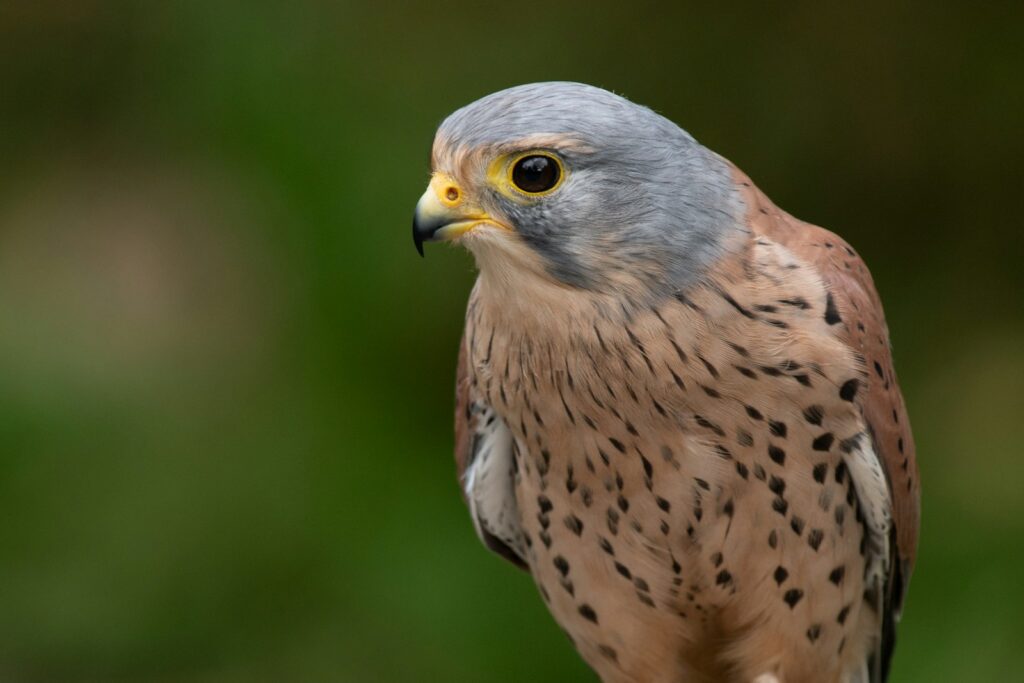
For many predatory birds, facial markings serve practical purposes during hunting. The darkened feathers around the eyes of ospreys and other fishing birds reduce glare when hunting over water, essentially functioning as nature’s sunglasses. This adaptation allows these birds to spot fish more accurately, even in bright conditions. Falcons possess distinctive dark “moustache” markings below their eyes that are thought to reduce solar glare, similar to how football players use black grease beneath their eyes. Some research suggests that facial markings in certain species may help with depth perception or enhance visual acuity in specific lighting conditions. Even non-predatory birds may benefit from facial markings during feeding – the contrasting patterns can help social species signal feeding discoveries to flock members or help camouflage their actions from competitors.
Regional Adaptations and Environmental Factors
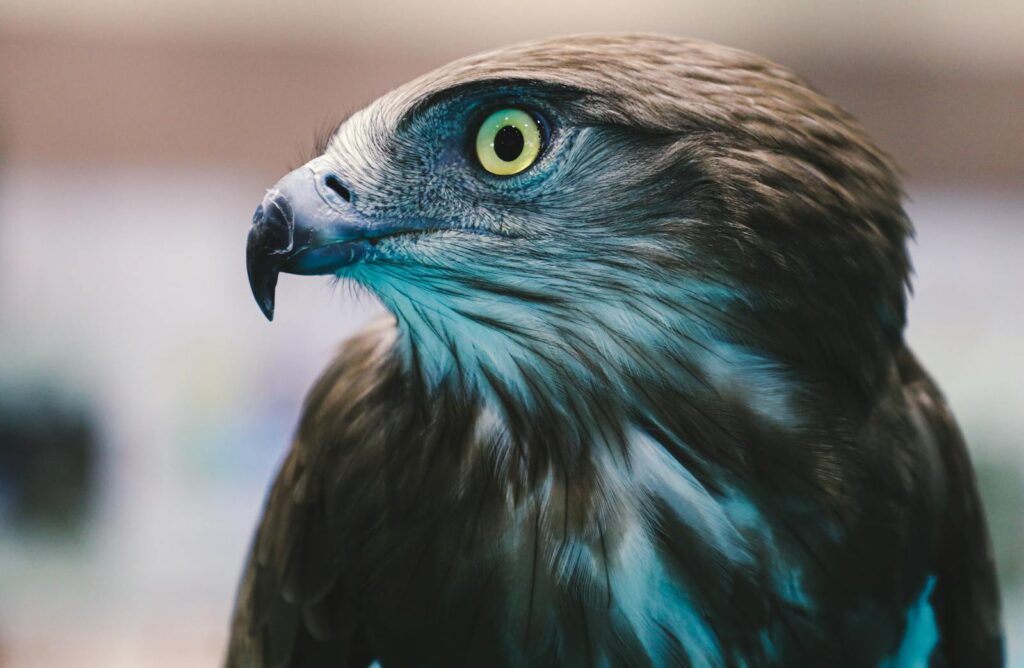
Facial markings often reflect adaptations to specific environments, with birds evolving patterns suited to their particular habitats. Desert-dwelling species frequently display pale eyebrow stripes that help reflect intense sunlight and reduce heat absorption around sensitive eye tissues. By contrast, forest birds often have more complex facial patterns that help them blend with dappled light filtering through leaves. Birds in snowy regions may develop white facial markings that blend with their surroundings during winter months. Some migratory species even show seasonal changes in their facial markings, with breeding plumage typically featuring more prominent “eyebrows” than non-breeding plumage. These regional adaptations demonstrate how facial markings evolve in response to specific environmental pressures.
Remarkable Examples in Water Birds
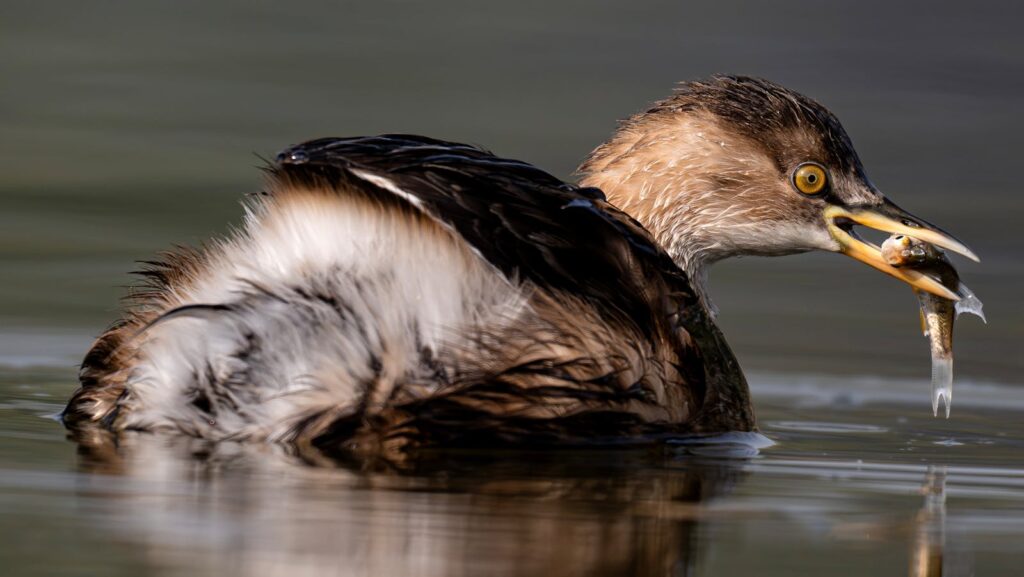
Water birds offer some of the most striking examples of facial markings in the avian world. The Atlantic Puffin sports a distinctive triangular eye marking that gives it a perpetually surprised expression, helping these social birds recognize each other on crowded breeding cliffs. Eared Grebes develop golden “ear” tufts during breeding season that aren’t ears at all, but rather specialized feathers that create a dramatic eyebrow effect to attract mates. The Masked Booby features a dramatic black facial mask contrasting with its white plumage, which may help reduce glare while diving for fish. Wood Ducks possess complex facial patterning that includes dramatic “eyebrow” lines, allowing these highly social birds to recognize individuals within their communities and helping establish pair bonds during breeding season.
Striking Facial Markings in Raptors
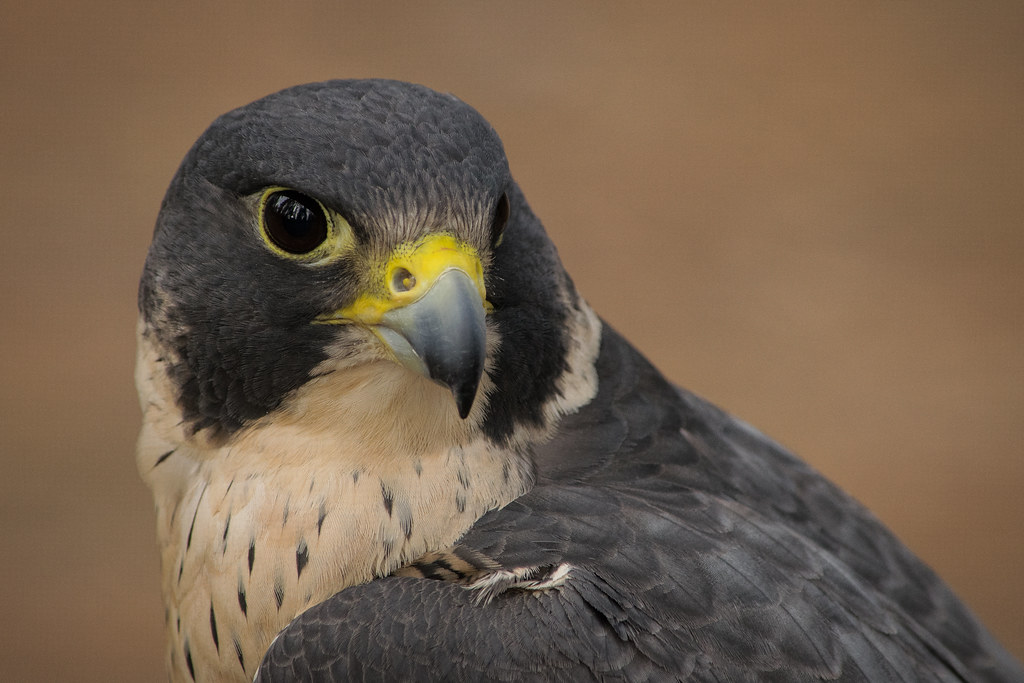
Birds of prey often display some of the most dramatic facial markings in the avian world, typically serving both functional and communication purposes. The Peregrine Falcon’s distinctive black “moustache” marking beneath its eyes may reduce glare during high-speed dives, while also creating a fierce appearance that may intimidate competitors. Ospreys feature a prominent dark eye stripe that reduces reflection when hunting over water and gives them their characteristic intense gaze. The Crested Caracara sports a striking bare-skinned face with a bold eyebrow ridge that changes color based on emotional state – turning from orange to yellow when excited. Perhaps most dramatic are the facial disc feathers surrounding owl eyes, which aren’t traditional “eyebrows” but serve to channel sound to their ears while also creating distinctive facial expressions that help establish species identity.
Songbirds and Their Distinctive Eye Stripes
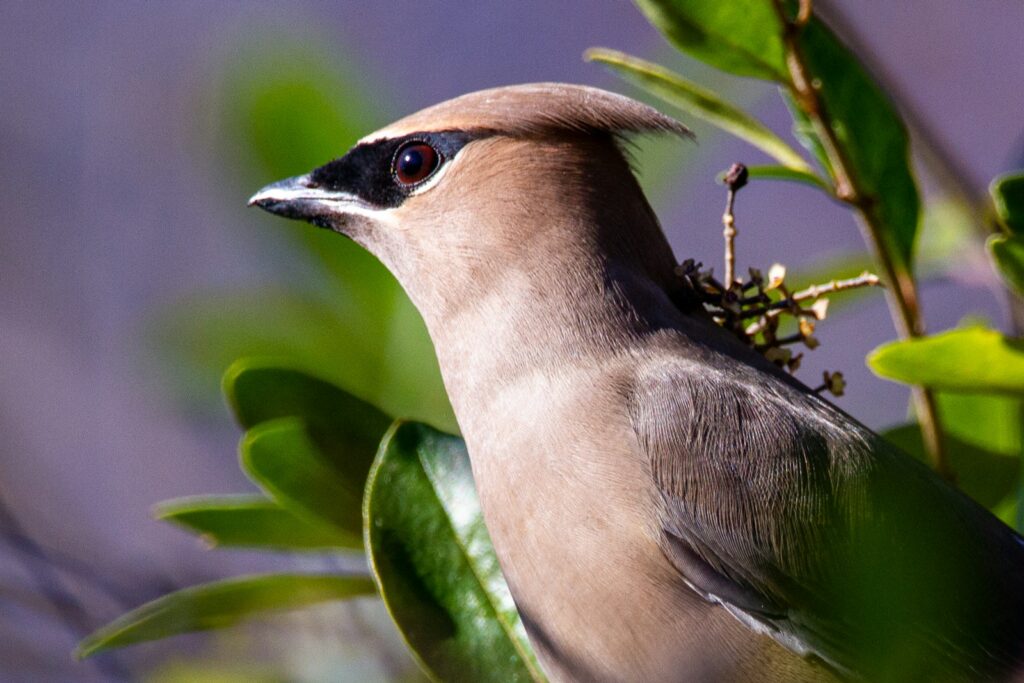
Among songbirds, superciliary stripes (eyebrow-like markings) are remarkably common and serve multiple purposes in these often social species. The White-throated Sparrow’s bright white eyebrow provides a flash of recognition for these flock-dwelling birds, helping them maintain social cohesion in dense undergrowth. Cedar Waxwings possess a striking black mask enhanced by a subtle white border that creates an eyebrow-like effect, helping these highly social birds identify each other when flocking together to feed on berries. The Common Yellowthroat’s distinctive black mask bordered by a white “eyebrow” serves as a bold species identifier and becomes brighter during breeding season, signaling to females the male’s hormonal health and genetic quality. These markings enable complex social interactions within species that rely heavily on visual cues for communication.
Tropical Birds and Extreme Facial Ornamentation
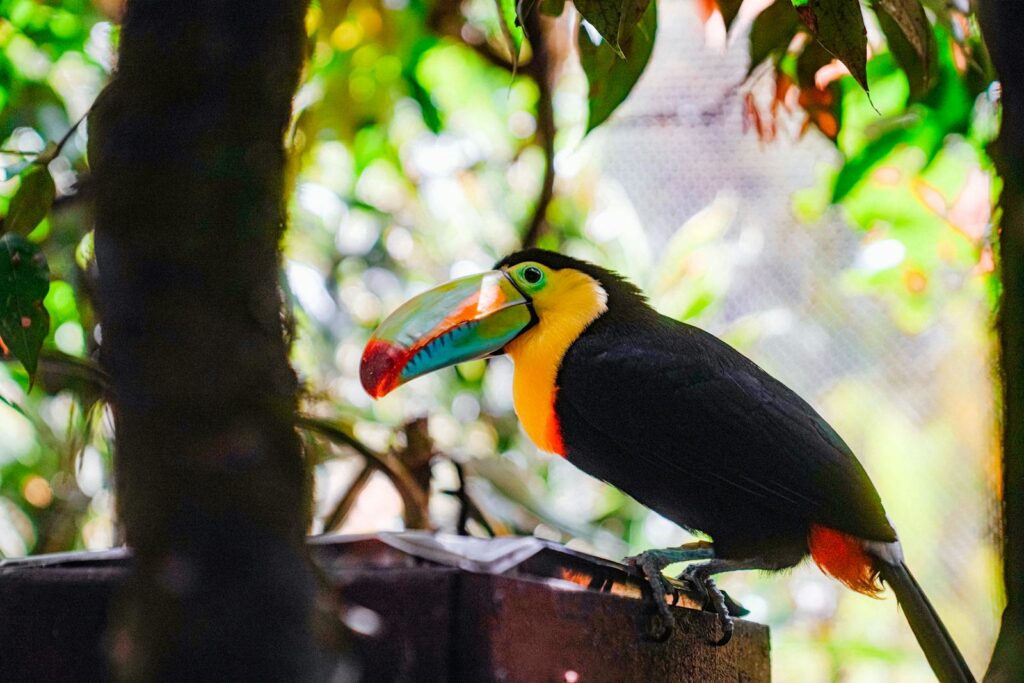
Tropical birds often take facial markings to extraordinary levels, evolving some of the most dramatic “eyebrow” features in the avian world. The Curl-crested Aracari sports unique, glossy, curled feathers above its eyes that resemble plastic shavings, creating one of the most unusual eyebrow effects in nature. The Royal Flycatcher conceals an astonishing fan-shaped, spotted crest that it can raise above its eyes during courtship or territorial displays, transforming its entire facial appearance. Toucans combine their famous oversized bills with intricate facial patterns that often include distinctive eyebrow-like markings, helping these social birds recognize individuals within their groups. The unprecedented diversity of facial markings in tropical species likely results from intense sexual selection pressures and reduced predation risk in these environments, allowing for more extravagant ornamentation.
How Facial Markings Develop

The development of facial markings in birds involves complex genetic and developmental processes that begin in the embryonic stage. The specific pattern of eyebrow-like markings is typically determined by genes that regulate the deposition of melanin and other pigments in feather follicles. Environmental factors can influence the expression of these genes, with diet quality sometimes affecting the intensity of coloration in facial markings. In some species, facial markings develop gradually, with juvenile birds displaying less distinct patterns that become more pronounced as they reach sexual maturity. Hormonal changes during the breeding season can temporarily intensify facial markings in many species, making “eyebrows” and other patterns more visible during courtship and territory defense when these visual signals are most important.
Conservation Implications of Facial Markings
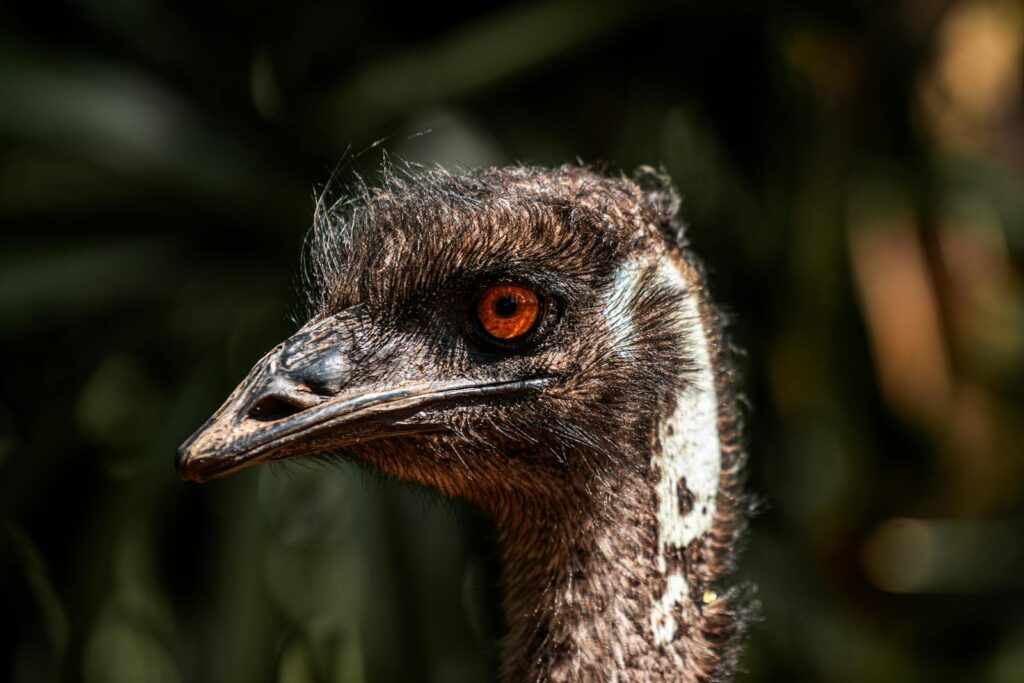
The distinctive facial markings that make many bird species so recognizable also serve important roles in conservation efforts. Researchers often use these patterns to identify individual birds during population studies, allowing for more accurate monitoring without requiring physical tagging. Species with unique facial markings frequently become conservation ambassadors, with their distinctive appearances helping to generate public interest and support for bird protection initiatives. Unfortunately, habitat degradation can sometimes affect the development of facial markings by reducing access to carotenoid-rich foods that birds need to produce vivid colors. Climate change poses additional threats, as shifts in environmental conditions may disrupt the signaling value of facial markings if they no longer accurately reflect a bird’s genetic quality or health in altered environments.
Conclusion: The Expressive Faces of Birds
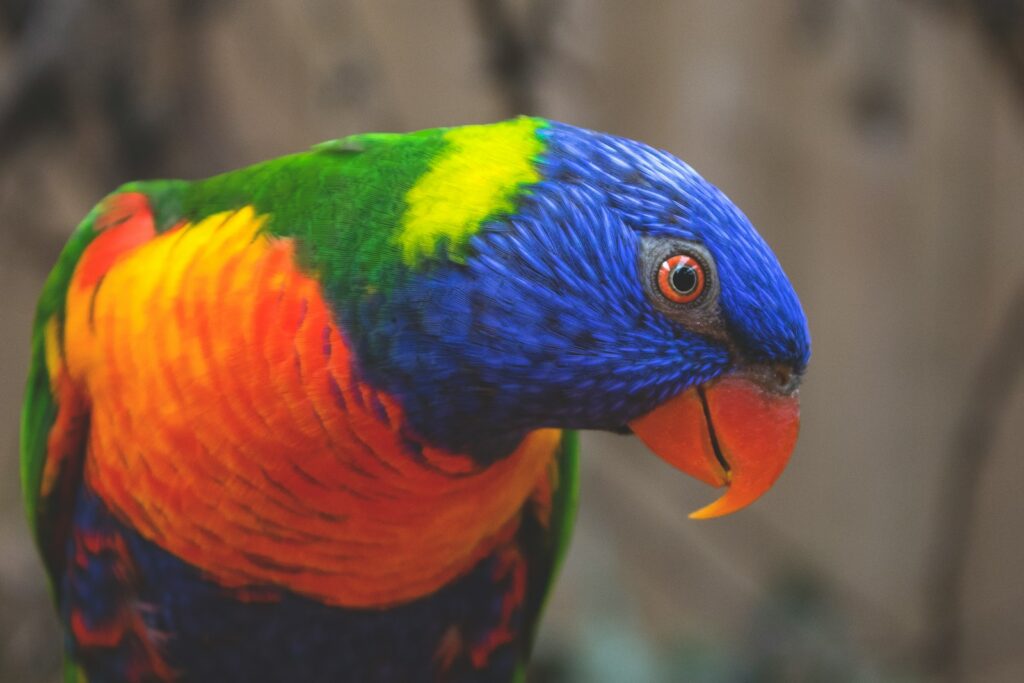
Bird “eyebrows” and facial markings represent a fascinating intersection of natural selection, sexual selection, and practical adaptation. Far from being merely decorative, these distinctive features serve critical functions in species recognition, mate selection, predator avoidance, and even hunting efficiency. The remarkable diversity of facial patterns across the avian world—from subtle superciliary stripes to flamboyant crests—reflects the wide range of ecological niches and social structures birds occupy. Next time you observe a bird, take a moment to appreciate its facial markings, not just for their beauty, but as sophisticated visual communication systems shaped by millions of years of evolution. These avian “eyebrows” offer a window into the complex social lives of birds and remind us that even seemingly simple features in nature often serve multiple sophisticated purposes.
